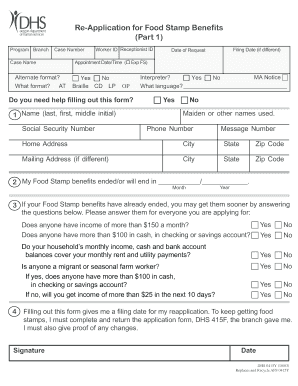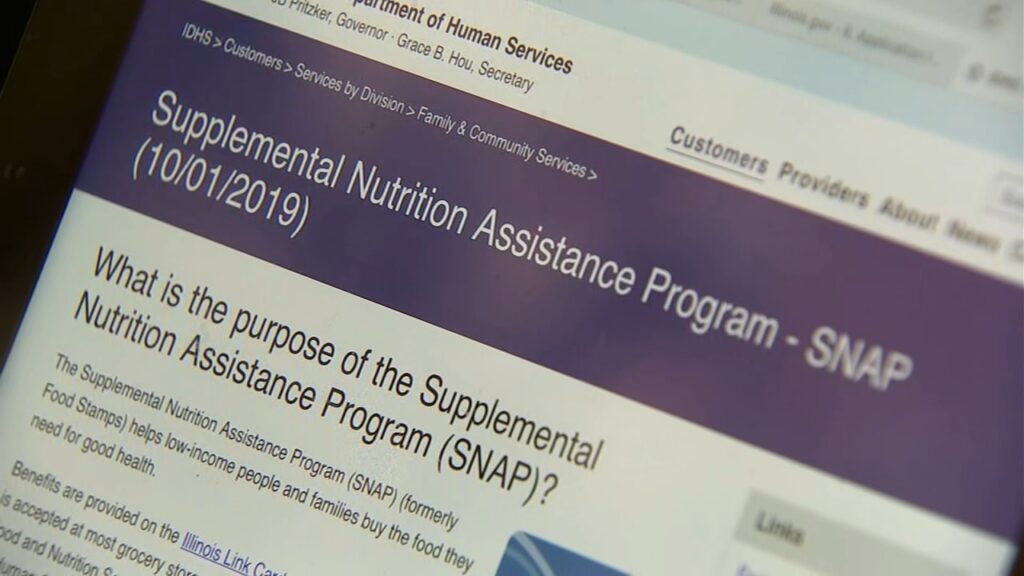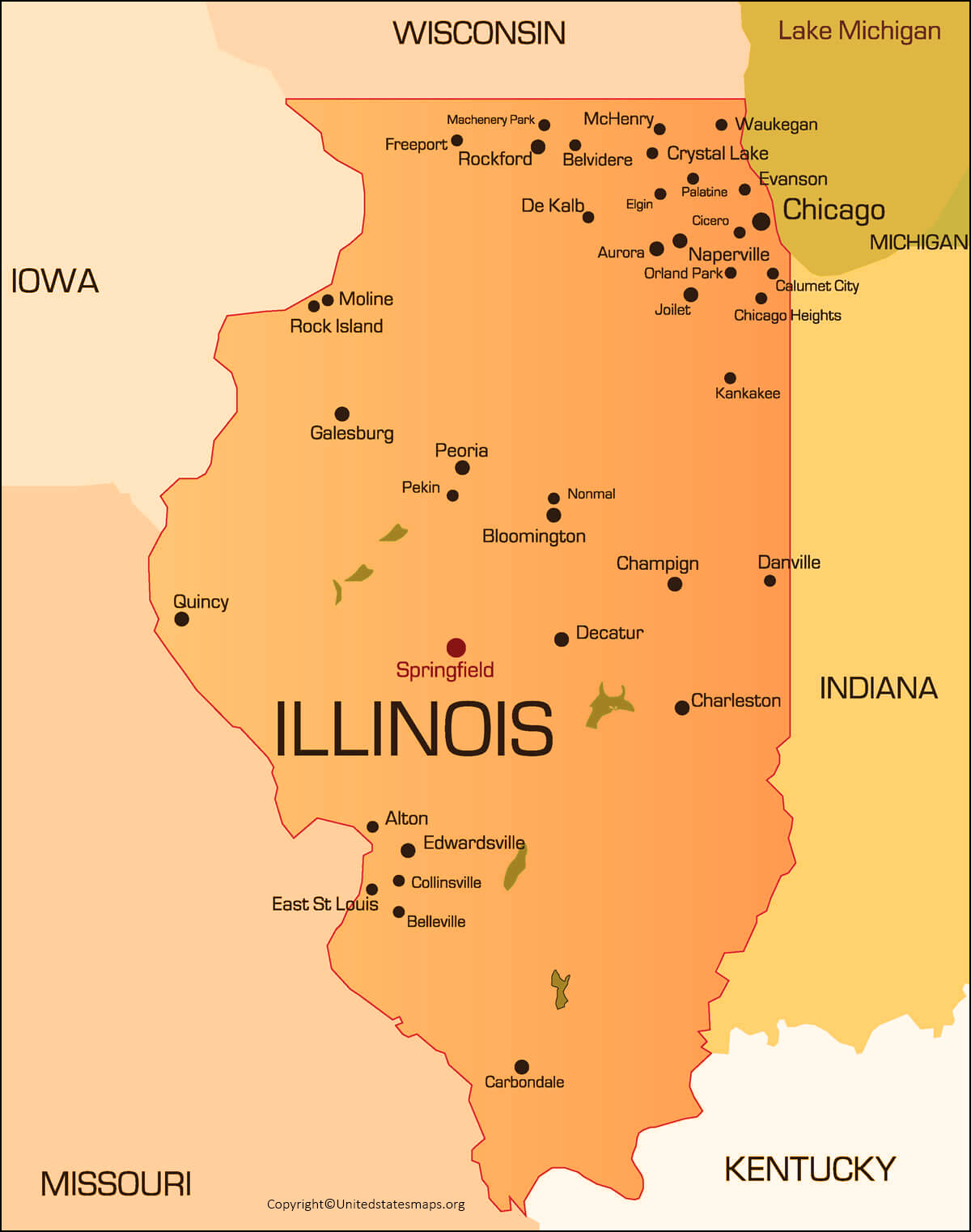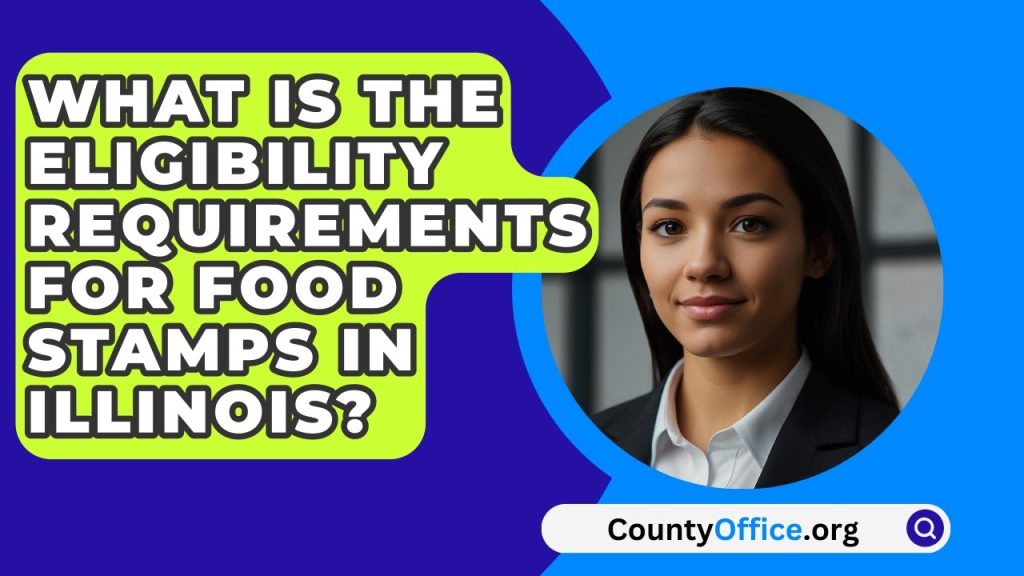In the United States, food assistance programs like the Supplemental Nutrition Assistance Program (SNAP), commonly known as food stamps, play a critical role in supporting low-income families. In Illinois, where economic challenges have persisted, these benefits are particularly vital. As the state continues to navigate financial and social hurdles, understanding how to access and utilize Illinois Food Stamps becomes increasingly important.
What Are Illinois Food Stamps?
Illinois Food Stamps, part of the federal SNAP program, provide eligible individuals and families with monthly benefits to purchase nutritious food. Administered by the Illinois Department of Human Services (IDHS), these benefits help ensure that residents can afford basic groceries, especially during times of financial hardship.
The program is designed to assist those who meet specific income and household criteria. It’s not just about immediate relief—it’s also a tool for long-term stability, helping families maintain food security and reduce the burden of rising living costs.
Who Is Eligible for Illinois Food Stamps?
Eligibility for Illinois Food Stamps depends on several factors, including:
- Income: Households must meet both gross and net income limits based on the federal poverty level.
- Household Composition: The number of people in your household affects eligibility.
- Residency: Applicants must be residents of Illinois.
- Citizenship or Immigration Status: U.S. citizens and certain non-citizens may qualify.
For example, as of October 2024, a one-person household has a maximum gross monthly income limit of $2,071, while a two-person household has a limit of $2,811. These figures are adjusted annually to reflect changes in the cost of living.
Additionally, able-bodied adults without dependents (ABAWDs) may be required to participate in work or training programs, though these requirements are often voluntary in Illinois.
How to Apply for Illinois Food Stamps
Applying for Illinois Food Stamps involves a straightforward process, but it requires careful preparation of documents and information. Here’s what you need to do:
Step 1: Gather Required Documents
You will need personal details for all household members, including:
– Full names
– Dates of birth
– Social Security Numbers
– Contact information (address, phone number)
Proof of income is essential, such as:
– Pay stubs
– Employer statements
– Benefit letters (e.g., from Social Security, unemployment, or child support)
To verify residency, you may need:
– Utility bills
– Lease agreements
– Mail with your current address
Identity verification documents include:
– Driver’s license
– State ID
– Passport
Expenses that could lead to deductions (like rent, utilities, or child care) should also be documented. Medical expenses for elderly or disabled household members may also qualify for deductions.
Step 2: Complete the Application Form
The primary application form is Form IL444-0683, “Application for Benefits.” This form can be obtained online at www.illinois.gov or at a local IDHS office.
Step 3: Submit Your Application
Applications can be submitted in several ways:
– Online: Through the Application for Benefits Eligibility (ABE) portal at abe.illinois.gov.
– By Mail: Send the completed form to the Illinois Department of Human Services. Confirm the correct address for benefit applications.
– In Person: Visit a local Family Community Resource Center (FCRC).
– By Fax: Use the appropriate fax numbers provided by the IDHS.
What Happens After You Apply?
Once your application is submitted, you’ll typically receive a notice within 30 days. An interview, usually conducted by phone, will confirm the information provided and may ask clarifying questions.
If approved, benefits are issued monthly on an Illinois Link Card, which functions like a debit card. This Electronic Benefit Transfer (EBT) card can be used to purchase eligible food items at most grocery stores and authorized retailers.
It’s important to report any changes in your household’s income, size, or address to the IDHS to ensure continued eligibility and accurate benefit amounts.
Recent Challenges: Government Shutdown and Food Stamps
As of late 2024, the ongoing government shutdown has raised concerns about the future of SNAP benefits in Illinois. Nearly 2 million residents could lose their food assistance if the shutdown continues beyond November 1, as federal funding for the program is at risk.
State officials emphasize that the Illinois Department of Human Services does not have the resources to “backfill” these benefits. About 1.9 million Illinois residents rely on SNAP, with more than one-third of households including older adults and nearly half having children or someone with a disability.
Secretary Dulce M. Quintero of the IDHS stated, “SNAP is a proven, time-tested program, one that protects children and families from going hungry. The federal government needs to ensure families receive their benefits on November 1, so their livelihoods are not disrupted.”
Why Illinois Food Stamps Matter
Illinois has seen a significant increase in the number of residents relying on food stamps, reflecting broader economic challenges. According to the Illinois Policy Institute, the number of Illinoisans dependent on food stamps has risen by 745,000 since the start of the recession. This trend highlights the growing need for support among vulnerable populations.
Despite the economic recovery in some sectors, many Illinoisans continue to struggle with job insecurity, stagnant wages, and rising living costs. Food assistance programs like SNAP provide a crucial safety net, ensuring that no one goes hungry due to financial hardship.
Conclusion
Understanding Illinois Food Stamps is essential for anyone facing food insecurity or seeking to support others in need. From eligibility criteria to the application process, this program offers vital assistance to millions of residents across the state.
As the government shutdown continues to threaten federal funding, it’s more important than ever to stay informed and take action. Whether you’re applying for benefits or advocating for policy change, your involvement can make a difference.
Stay updated with the latest news on Illinois Food Stamps and other critical issues affecting our communities.
Author: John Doe
Title/Role: Senior Journalist, US Economic Affairs
Credentials: With over a decade of experience covering economic policy and social welfare programs, John has reported extensively on food assistance, employment trends, and state-level economic challenges. His work has been featured in major national publications and policy analyses.
Profile Link: LinkedIn Profile
Sources:
– Illinois Department of Human Services (IDHS)
– Supplemental Nutrition Assistance Program (SNAP) – USDA
– Illinois Policy Institute
Internal Links:
– How to Apply for Illinois Food Stamps
– Understanding SNAP Benefits in Illinois
– Recent Changes to Food Assistance Programs
Schema Markup:
{
"@context": "https://schema.org",
"@type": "Article",
"headline": "Understanding Illinois Food Stamps: Eligibility, Benefits, and How to Apply",
"datePublished": "2025-04-05",
"author": {
"@type": "Person",
"name": "John Doe"
},
"publisher": {
"@type": "Organization",
"name": "US Trending News",
"logo": {
"@type": "ImageObject",
"url": "https://example.com/logo.png"
}
}
}
Featured Snippet Optimization:
“Illinois Food Stamps, part of the federal SNAP program, provide monthly benefits to eligible individuals and families. To apply, gather required documents, complete the application form, and submit it through the ABE portal, mail, or in person.”
CTA:
Stay updated with the latest news on Illinois Food Stamps and other critical issues affecting our communities. Explore today’s headlines and learn how you can get involved.
URL Slug:
/us-trending-news-illinois-food-stamps
Image Optimization:
–
– 
– 
– 
– 











More Stories
What Is Yodo Para Tiroides and How Does It Affect Thyroid Health?
What is WSET? A Comprehensive Guide to Wine Education
US Trending News: What Are Winter Bones? A Guide to the Seasonal Trend in Bone Health